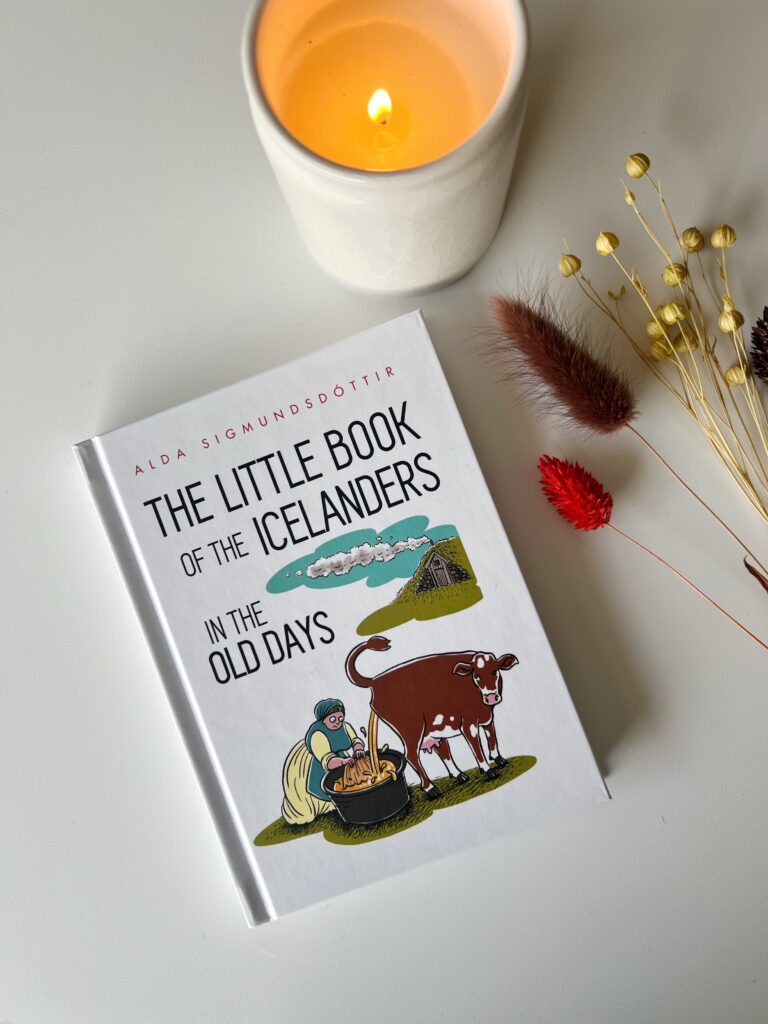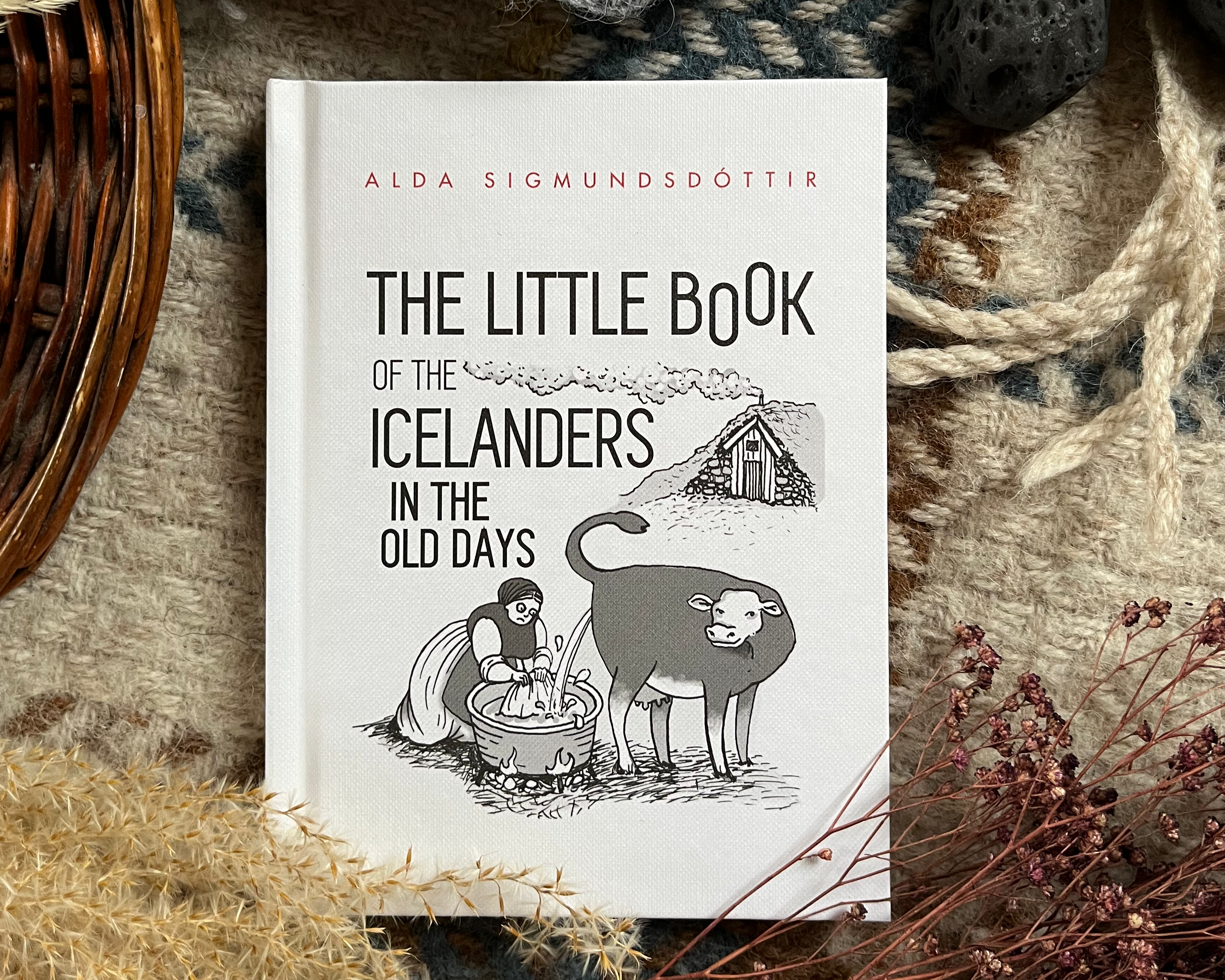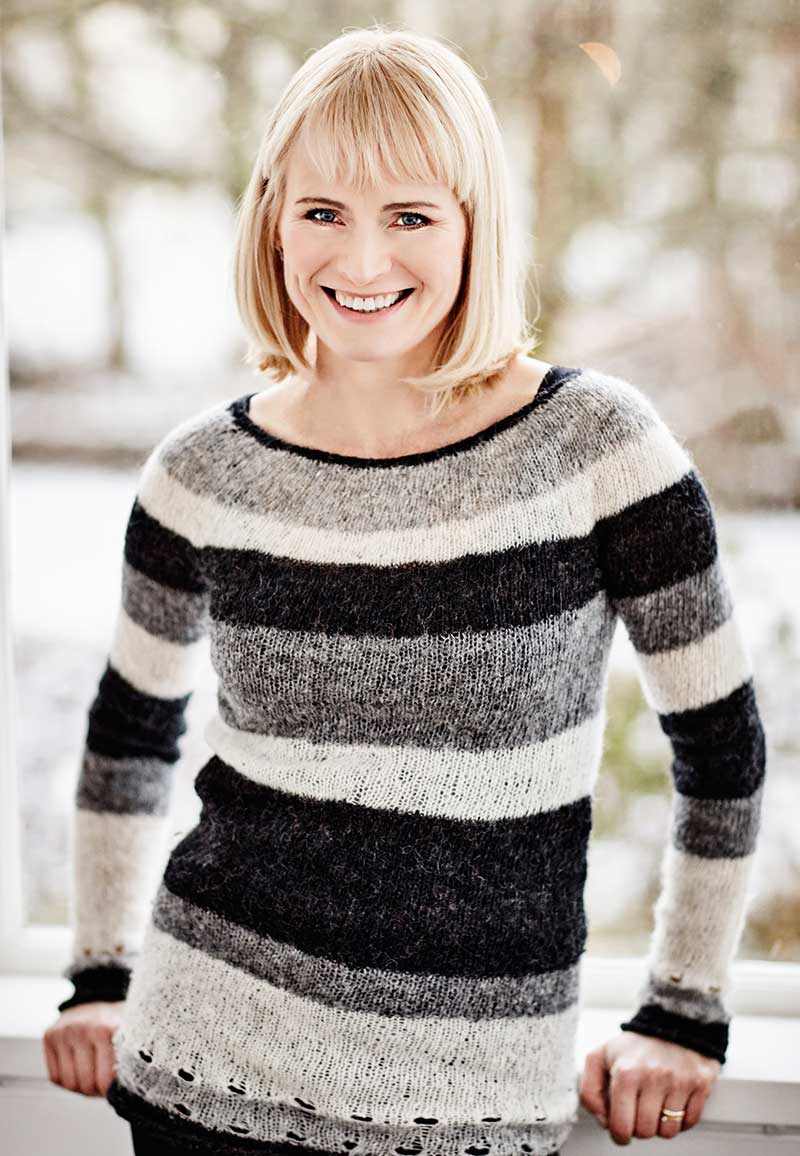The Little Book of the Icelanders in the Old Days
Fifty miniature essays on the lives of the Icelanders in centuries past
The Little Book of the Icelanders in the Old Days describes the daily lives of common Icelanders in centuries past in a light and humourous way, yet never without admiration and respect for the resilience and strength they showed in coping with adversity barely imaginable today.


Iceland in centuries past was a formidable place to live. Situated in the North Atlantic Ocean, the nation was both isolated and abjectly poor. Centuries of colonisation translated into oppression and subjugation from the colonial overlords, and a hostile climate and repeated natural disasters meant that mere survival was a challenge to even the hardiest of souls.
Today’s Iceland is a modern, cosmopolitan place, with one of the highest standards of living in the world. Yet less than a century ago, this paragon of equality and peace was the poorest society in Europe. The conditions of life described in this book are therefore not very distant from the Icelanders today, and many of the aspects described are still very much reflected in Iceland’s unique culture. In short, The Little Book of the Icelanders in the Old Days is not only a funny, witty, and wise expose on the Icelanders’ daily life in the past, it is also essential to understanding the Icelandic national character today.
Sample chapter
Mountain dairy
Any farm that relied on sheep for its survival (read: every single farm in the country) had a special structure located some distance from the farm itself, called a sel, or mountain dairy. These were small, rudimentary structures – little more than stone walls with a makeshift roof, really – located close to the mountain pastures, where the sheep and sometimes cows (if the farm was so prosperous as to have cows) were kept during the summer. These pastures were usually far more verdant and lush than the ones closer to home (besides the fact that the fields close to the farm had to be reserved for haymaking), so that’s where the livestock was herded.
At least two people from the farm were routinely sent to spend the summer at the sel. One of those was a shepherd – very often a child or adolescent (you’ll recall that children became adults at fourteen, so an adolescent was more like our tweens) who was responsible for watching over the sheep and herding them into a pen at least once a day for milking. The other person was the matselja, or “sel food woman” (those prosaic Icelanders!), who was responsible for milking the sheep and producing food from the milk – generally butter and skyr (an Icelandic dairy product similar to a thick yoghurt). Someone would be sent every few days to fetch the produce and take it back to the farm, where it was either eaten or preserved for the winter.
Now, we might be forgiven for thinking that life in the sel was excruciatingly dull, but … well, maybe not. Thing is, the matseljur (that’s the plural of matselja) sometimes got pregnant up there. Obviously the shepherds were not to blame (one would hope – given their age), so the question was: who?
Answer: the ljúflingar, lovers of mortal women from among the hidden folk population.
Or at least that’s what people were saying.
Apparently, these sensitive men – ljúflingur means “a gentle man”, not to be confused with “a gentleman” – not only made love to the mortal women and got them pregnant, but were also there in the sel to assist during the child’s delivery. Still, it was a doomed kind of love, what with the man being hidden and everything, so the woman generally returned to the farm with the child and carried on with her life. However, the ljúflingur (according to the stories) would be unable to forget his mortal woman from the sel, and typically returned many years later, hoping to revive the romance, by which time the child was grown and the sel woman married. This, however, tended to end badly for the ljúflingur, as he would generally wind up dying in the process.
(And you thought trashy Harlequin romances were invented in the 20th century? Ha, NO.)
In some stories, however, the hidden man would take the child with him and raise it in the hidden world. In still others, the child was born in the sel and left outside to die, resulting in the sel becoming haunted.
In our day and age, it is easy to dismiss those stories as fantasies conjured up by women who craved love, tenderness and romance in a world starkly devoid of all those. But it might be more sinister than that. I think we can safely rule out the involvement of supernatural beings, since, as we know, hidden people don’t exist and therefore do not go around knocking up women. We can therefore assume that these women became pregnant through their entanglements with some very real mortals – gentle or not. They might have been outlaws who lived in the mountains, or men from nearby farms. Wherever they came from, and whatever their involvement (rape is one possible scenario), we know that there were harsh punishments doled out for having children out of wedlock. It is highly probable, therefore, that tales of the gentle lovers from the hidden world were made up to avoid punishment in the very real physical one.
Incidentally, the word “ljúflingur” is still very much a part of the Icelandic lexicon, but these days it is used to describe (mortal) men who are kind, gentle, and liked by most people.
How Icelanders' housing developed
The kvöldvaka
Social structure among the common folk
All the superstitions
The elf belief deconstructed
No time to be a kid
Sex and the church
Precious, precious food
Welcoming guests
Foreigners in Iceland
And so much more inside!

Beautifully illustrated by Megan Herbert, The Little Book of the Icelanders in the Old Days is the perfect book for all lovers of Iceland. Available in paperback, ebook, and hardcover formats. The paperbacks and ebooks are available from your nearest digital store. The hardcovers ship from Iceland.
Reviews
About the author
Alda Sigmundsdóttir is a writer, and occasional journalist. She runs her own independent press, Little Books Publishing, based in Reykjavík, Iceland.
Alda is the author of ten books, each of which explores an aspect of Icelandic culture or society. Her two latest books, The Little Book of the Icelanders at Christmas and The Little Book of Days in Iceland, are about the Icelanders’ enthusiasm for the Yuletide season, and Iceland’s special seasonal events and holidays, respectively. Alda is active on social media, and may be found on Facebook, Twitter and Instagram.
Our other Little Books
Did you think The Little Book of the Icelanders in the Old Days was our only title? Think again! We publish numerous books about Iceland, the Icelanders, and Icelandic culture and affairs. Click the button to see our selection of wonderful Little Books.

